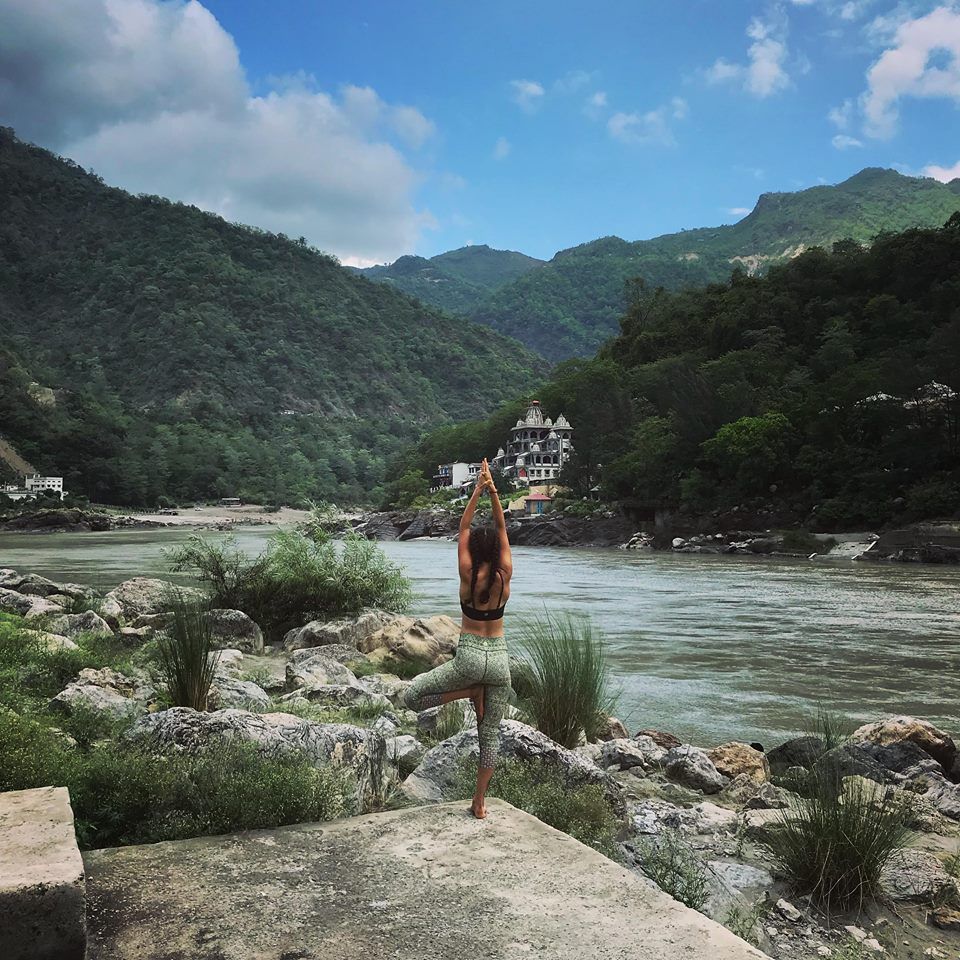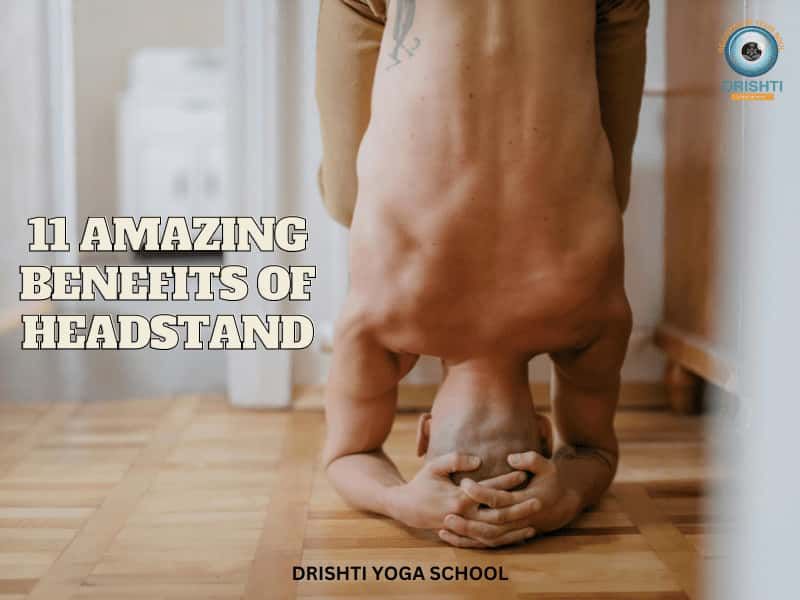Indian Yoga Vs Western Yoga
Originated 5000 years ago, Yoga is a traditional art of acquiring the utmost state of body, mind, and soul. Though the spiritual land of India is reckoned to be the birthplace of Yoga, although this art is also very famous in the Western part of the World.
Many Indian Yogis like Swami Vivekananda help in extending this valuable art in the West, which in turns helps in the establishment of the best yoga schools.
As we all know that pry is a vital predominance of human nature, so it is obvious that the question arises that,
Do the Yoga practiced in India or in Western Parts of the world are same??
Does the Yoga practiced in the Western world is still attached to the basic Indian roots???
Clearing the surmise, below are the certain points of disparity between Indian and Western Yoga.
Yoga centers in West contrary to the Yoga Ashrams of India
Yoga is widely practiced in the Western parts in the Yoga centers equipped with all the modern facilities. While as per belief of India Yogis, the optimum way of learning yoga is in the lap of nature following the proper inscribed traditional techniques.
A number of best Yoga Ashrams is instituted in India for better learning of Yoga.
Spirituality is the substructure of Yoga in India

Although not religiously, Yoga in India is deeply concatenated with spirituality.
Whereas in the West, Yoga is considered to be an exercise for good health and physic, but in the Indian context Yoga is more a way of living life.
Student-Teacher Relationship
The student-Teacher relationship in Yoga is far more casual in Western Yoga than in Indian Yoga.
In Yoga Schools of India, Yoga teachers are reckoned as Yog Gurus or leaders, whereas in the Western art of Yoga, the teacher is only teaching the right positions of the Yogic exercise.
In Yoga teacher training, a respectable designation is awarded to the Yog gurus who are not only focused on the physical aspects of Yoga but also work for the mental and spiritual upliftment of their students.
Importance of Food in Rishikesh
As Indian art of Yoga also considered proper food or diet plan as an undetectable part of Yogic life. Although Yoga schools of West do not focus on a proper vegan diet plan.
Meals during the yoga teacher training course or Yoga retreats in India are designed considering the ayurvedic philosophy focusing on a vegetarian diet with limited spices in it.
We at Drishti Yoga School offer easily digestible food to their yoga students.
More than merely an exercise
While Yoga is a practice of living life, Western Yoga just adopted the form of physical exercise from the traditional yoga centers of India. Authentic yoga Schools of India ensure that their students learn the practice of living a tranquil life in the form of Yoga.
Indian schools of Yoga followed the eight limbs or Yoga Sutras of Patanjali which contains asanas, pranayama, dharana, dhyana, yamas, niyamas, pratyahara, and samadhi.
Serenity of mind

Yoga in India is more a meditative technique than a physical workout. Mindfulness study with the yoga is not considered as the vital part of Western Yoga, while Indian Yoga philosophy focuses on the calmness of mind.
According to the famous yoga schools of India, Yoga can be a blissful path in making our body unreactive to the emotions like sadness, anger, possessiveness, etc turning your life into a perfect Yogi.
Commercialization of Yoga in West
Yoga in the western world is an emerging multi-billion dollar industry that ensures your looks in the studio performing Yoga along with fashionable clothing.
Where in India, Yoga is a new beginning of a life free from sin with an outfit that is comfortable enough for you to easily perform all the asanas.
The style of Teaching
Western yoga mainly focuses on Vinyasa and flow, performing quick asana like dance steps sequences spending most of the time in standing position or in upward and downward doggy movement.
Contrary to the Western style, Yoga schools of India comprise of meditation, pranayama, and Savasana which helps in the relaxation of body, mind, and soul.
Yoga in India is a lifelong learning process
While in the West, yoga teachers require only weeks or months to become a full-fledged yoga teacher, opposite to it Indian yoga teachers dedicate years of learning to become a Yog Guru.
According to Indian Yoga Schools, learning yoga is a never-ending process.
Yoga in India proponent Minimalism
Detaching from worldly possessions and attractions, Yoga in India teaches a minimalistic way of lifestyle. While Western yoga continues with their normal lifestyle during Yoga.
The western world only uses yoga for maintaining their health.
Different Yoga practices
While Hatha Yoga is the most common yoga practice in India, Vinyasa yoga rooted in the Western style of Yoga.
Join our upcoming Yoga teacher training in Rishikesh And get 10%OFF



